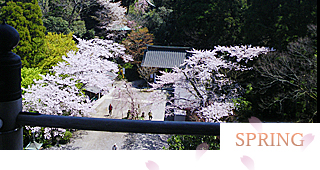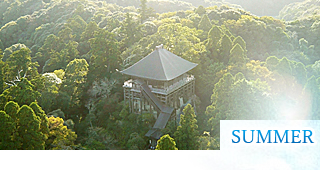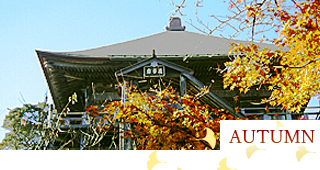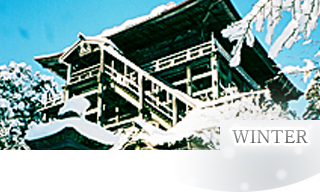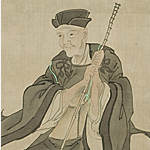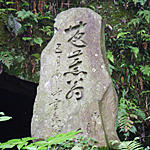Kasamori-Kannon Temple Japanese
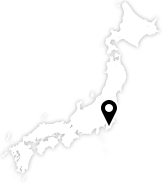
Welcome to Kasamori-Kannon Temple.
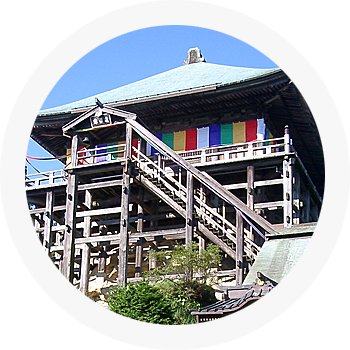
This temple, known as the "Temple of Prayer and Fragrance," invites visitors to savor the scent of incense in the hall, of flowers on the grounds and of the forest along the approach. We strive to make every visit a pleasant one.The main hall is designated as a National Important Cultural Property and is the only example of the "Shiho-Kakezukuri" architectural style in Japan. Sixty-one stilts stand atop a large rock with overhanging scaffoldings supporting the main hall. Come see the main hall for its mystical atmosphere deep in the forest.

A temple for all seasons
The temple offers year-round beauty -- spring cherry blossoms, summer forest greenery, autumn leaves and winter snowscapes.
Kasamori Kannon was founded in 784 (*B.E. 1327) when Saicho, patriarch of the Tendai school of Japanese Buddhism, carved a statue of an eleven-faced Kannon Bosatsu on a sacred tree. *B.E. means Buddhist Era.The main hall was built in 1028 (B.E. 1571) at the behest of Emperor Go-Ichijo.The mountains around the temple are designated as a prefectural nature park, while the forest on the mountain where the main hall stands has been designated and protected as a national natural monument since 1970 (B.E. 2513).
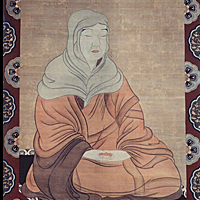

In addition, the temple has been a pilgrimage site since olden times as the thirty-first of the Bando Sanjusan Kannon Reijo, thirty-three temples dotting the Kanto region at sacred places blessed by Kannon.
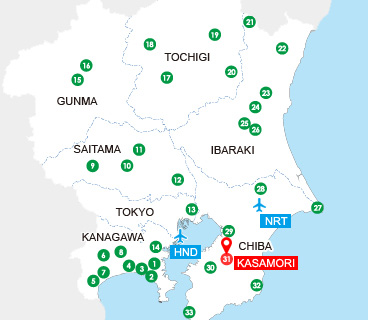
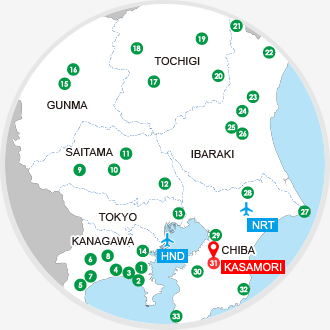
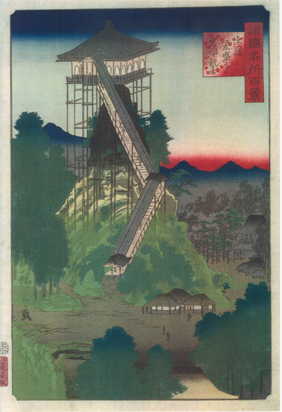
Highlights
Main Hall
Because it was built to house the Kannon statue placed on the rock in 1028 (B.E. 1571), the temple has a special "Shiho-Kakezukuri" structure.
The hall is 16 m above the ground and the roof is 31 m above the ground. This provides views of the mountains of Chiba Prefecture.
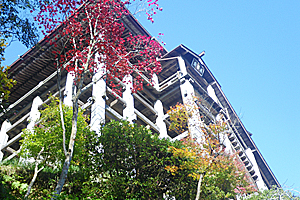
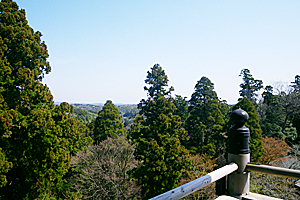
Matsuo Basho Haiku Monument
This stone monument is inscribed with a haiku by Matsuo Basho, Japan's most famous poet, who was active in the late 1600s (B.E. 2140s).
This and two other monuments inscribed with works by Basho's apprentices stand side by side on the cliff before the temple gate.
Surroundings
A trail runs behind the temple where you can enjoy trekking and hiking, as well as a scenic overlook.
Information & Access
Information
- Address
- Kasamori 302, Chonan-machi, Chosei-gun Chiba
- TEL
- 0475-46-0536
- Admission Fee
- 300 yen for ages 16 and older, 100 yen for ages 7 to 15
- Admission Hours
- 8:00 AM to 4:30 PM from April to September
- 8:00 AM to 4:00 PM from October to March
Access
JR East Sotobō Line:
From Mobara Station, take a Kominato Bus bound for Kazusa-Ushiku Station and get off at Kasamori. The temple is a five-minute walk from the bus stop.
Kominato Railway: From Kazusa-Ushiku Station, take a Kominato Bus bound for Mobara Station and get off at Kasamori. The temple is a five-minute walk from the bus stop.
Approximately 7 minutes (5 km) from the Mobara-Chonan Interchange on the Ken-O Expressway'- Convenient express buses are available from Tokyo Station and Haneda Airport.
Buses leave from Tokyo Station's Yaesu Exit and Haneda Airport.Take a bus bound for Mobara Station and get off at Chonan Parking. From there, it is approximately 5 minutes (4 km) to the temple by taxi.
- Local taxi company telephone numbers
- Chonan Taxi 0475-46-0003
- Yutaka Taxi 0475-46-0123
'- Approximately 1.5 hours from Narita Airport by car
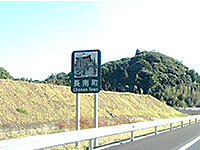
-

The temple is the symbol on the signs for Chonan found along the Ken-O Expressway.
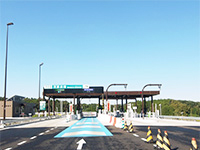
-

Exit at the Mobara-Chonan Interchange on the Ken-O Expressway.
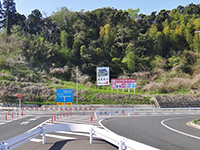
-

Turn right at the end of the ramp.
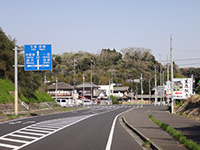
-

Turn left at the next intersection, marked Senda.

-

After approximately 4 km, turn right at the temple entrance.
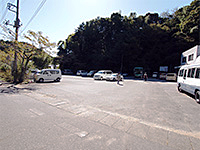
-

You will arrive at free parking.

